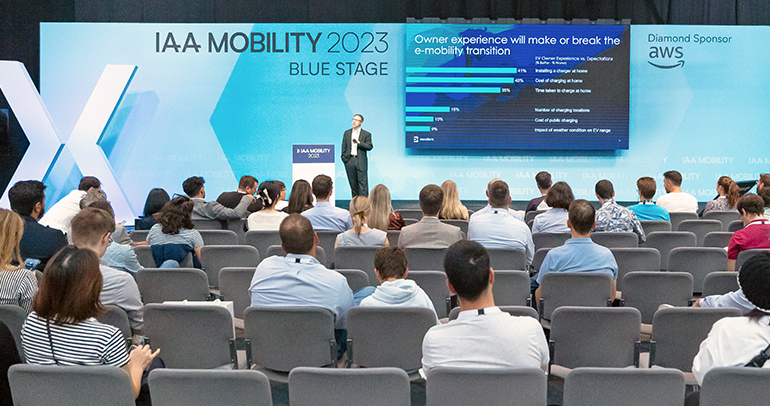
When it comes to customer success, most professionals will be familiar with the field’s major pillars, such as customer satisfaction and customer lifetime value. And many customer success organizations have resources in place to track and report on key metrics. These metrics are, after all, the measure of a client’s success (and ultimately of the CSM’s own achievements). And most will agree that the client-CSM relationship is crucial to the overall customer journey and customer satisfaction.
But how do you go from building a customer relationship to achieving targets? How does the customer experience translate into customer success metrics?
While all customer success professionals rely on their listening skills, truly active listening is a powerful tool in its own right. Defined by Richard Farson and Carl Rogers in their 1957 paper Active Listening, this technique involves focusing on both verbal and non-verbal cues. It also ensures understanding and retention of what is being said. It is a method that can further your understanding of your client’s intentions and issues. Active listening will enable you to proactively support and grow the relationship.
But before we show you how, let’s first get rid of some listening barriers! Farson and Rogers define these as “blocks.” These are behaviors that prevent the listener from receiving the message. The main blocks include:
- Rehearsing – The listener focuses on preparing their response while the speaker is talking.
- Filtering – The listener focuses only on the things they want to hear.
- Advising – The listener focuses on problem-solving rather than absorbing the full message.
As much as we might like to think we’re aware of these blocks, they have a surprising habit of sneaking into even the most seasoned CSM’s engagements. So on your next call, why not try to see if you catch yourself rehearsing, filtering, or advising.
Once aware of the blocks, you can focus on the actual stages of active listening, which are as follows:
Comprehending
The cornerstone of the listening process, comprehension, is defined as the involved parties’ shared understanding of the conversational content. This may seem obvious. But it is important to recognize that giving the speaker your attention doesn’t necessarily mean you understand what they mean to convey. So next time your customer tells you a much-advertised new product feature doesn’t benefit their organization, challenge yourself to full comprehension. Instead of accepting what they said, dissect their message. Dig into the underlying reasons. Ask follow-up questions until you feel you understand what they mean, not just what they said. You can do this in a manner that is open and empathetic. This may even enable you to offer an alternative solution. This way, you’ve not just completed step one of the active listening process, but you’ve also improved someone’s customer experience by showing interest.
This, in turn, may encourage them to share more information in the future, which again may help you achieve your targets.
Retaining
Another seemingly obvious point, retention of someone’s message, can be tricky to achieve. In customer success meetings and calls, it is common for the CSM to jot down information and organize it while the client is talking. Don’t be afraid to tell someone you’re taking notes or drawing diagrams; even ask them to stop briefly so you can keep up. Just like ensuring comprehension, active retention shows the speaker that what they’re saying is important to you, which again means they’re likely to trust you with more information.
Responding
By following through on the previous two steps, you’re now set for an appropriate response. This response doesn’t need to be exclusively verbal, but often for CSMs, it involves a follow-up action. This is the step where you can truly shine and show the value you add to your company’s service. For example, to show extra customer orientation, you could sum up what’s been said while on your call or at the meeting. Next, send a timely follow-up email outlining the key points. Finally, once all the research or troubleshooting is complete, you can present your response or action plan built on your best understanding of your client’s needs.
By consciously eliminating blocks and using active listening techniques, you can improve your understanding of your client’s needs. This helps you anticipate and respond to potential issues. In turn, all of this will help you achieve your customer satisfaction targets- and you’ll make your clients happy along the way, too.
Escalent helps Customer Success teams scale their business by operating as a seamless extension of their own CS management function. As a strategic consultancy, we help companies transform how they use customer data to drive growth.








